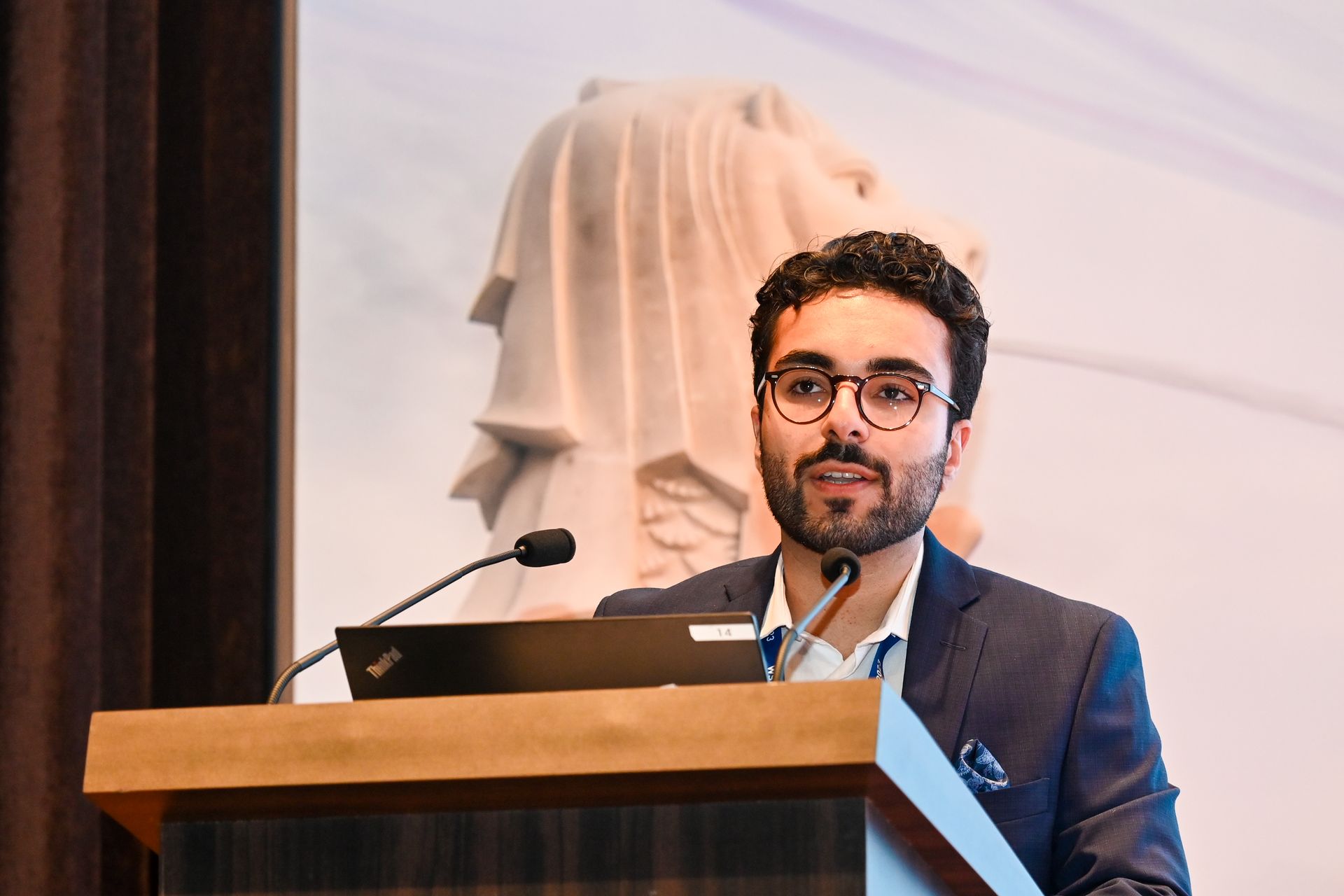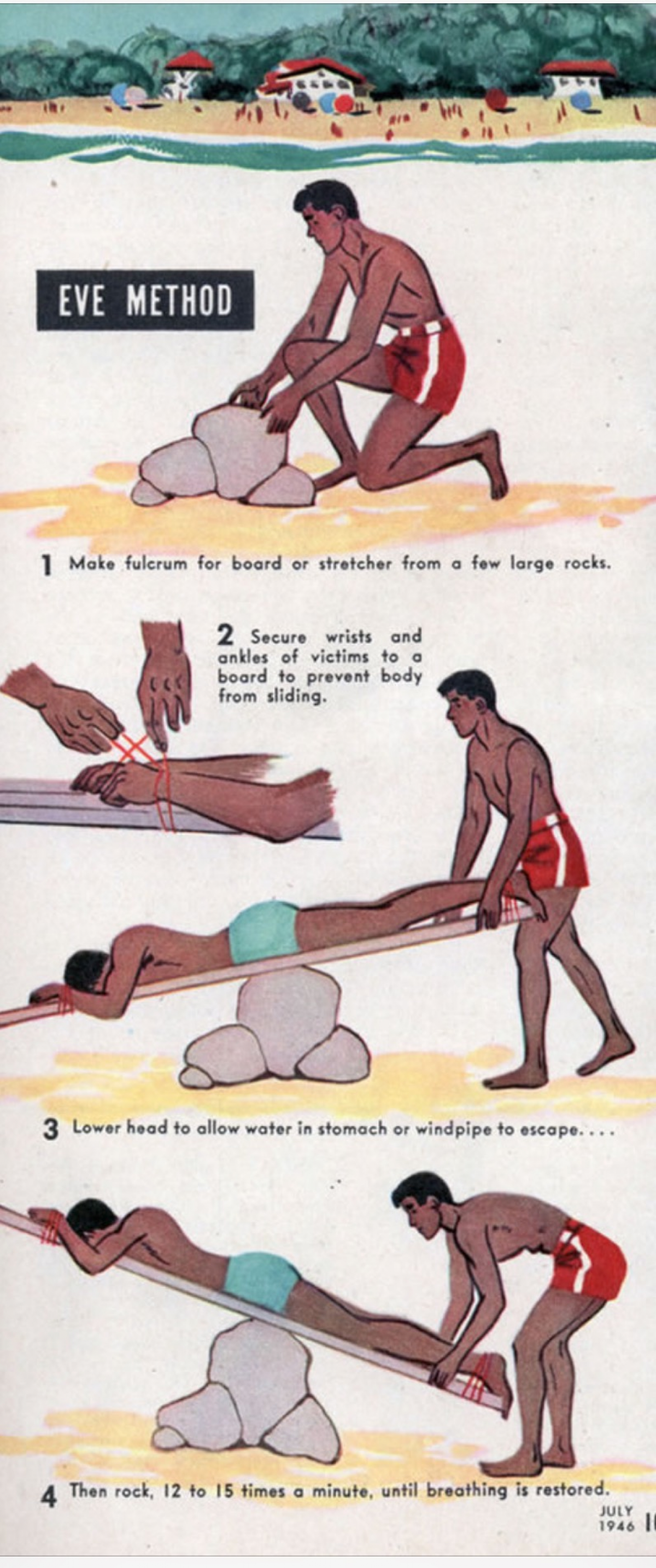


In 1906 Dr Frank Eve was appointed Physician to Hull’s Royal Infirmary (1906-52) and the Victoria Hospital for children. By 1932, he had devised the method of “rocking” respiration - the Eve method – that proved vital to lifesavers seeking to keep victims breathing indefinitely. The Eve Method that was adopted by the Royal Navy, the Swedish Navy and used by many others during WW2.
Born February 15th 1871 in Bedfordshire, he was educated at Bedford School and graduated in Natural Sciences at Emmanuel College, Cambridge. He went on to become a demonstrator of physiology at Yorkshire College, Leeds before completing his clinical training at St Thomas’s Hospital. Eve’s medical interests were many and varied; they included pernicious anaemia, diabetes, clinical psychology, and artificial respiration.
Many emergencies require rapid action to resuscitate someone in distress – especially relevant to accidents at sea. In 1903, Dr Schaefer had devised a method of resuscitation in cases of drowning or asphyxia – pushing on the ribs near the small of the back – became the standard response.
The Eve (or teeter-totter) Method emerged in response to the Royal Navy’s failure to deal with a number of drowning crew being hauled out of the cold Atlantic as WW2’s war at sea intensified. This rocking method was effective, popular and had the backing of medicine.
Dr Eve had devised the method when treating a 2 year old in Hull who was fading away with the death rattle – mucus surging to and fro in the windpipe. Titling the child, the mucus cleared but, she remained unable to breathe – because her diaphragm wasn’t working. This was due to the diptheria from which the child had recovered six weeks before. Had Eve left her head sloping the lungs would have compressed and this might bring on pneumonia.
Spotting a rocking chair in the room, he strapped the girl to it so that the weight of the abdominal contents could push the diaphragm up and down like a piston. The Shaeffer method assumed that the diaphragm would work as well after drowning as it did when the person was fully alive. The Eve Method gets plenty of air into the lungs – 600 cubic centimetres for each stroke or 20 times more than the Schaefer technique previously.
An alternative technique, the Holger Nielsen technique, is described in the first edition of the Boy Scout Handbook USA (1911), described a form of artificial respiration where the person was laid on their front, with their head to the side, and a process of lifting their arms and pressing on their back was used.
The Eve method was adopted by the Royal Navy and Emergency Services in 1943. Like other methods of manual artificial respiration, Eve's rocking technique was eventually replaced by mouth-to-mouth respiration in the 1960s. Dr Eve’s work was acknowledged in the Lancet and the London Times but there is a huge irony in this whole story. To focus on the Eve Method to illustrate a life is to ignore a rather large elephant in the room so we will take a technical detour before we close the biography.
Rescue breathing by mouth-to-mouth expired air ventilation (EAV) was being used in Britain towards the end of the 18th century, despite the Royal Humane Society (RHS) withdrawing its official endorsement in 1782 and instead promoting use of inflating bellows, or chest compression. The rationale takes us back to theories around “mal aria” - the perceived undesirability of expired air, with its “poisonous gas” - a viewpoint held among doctors and “philosophers” of the day. Equally, it was considered such a delicate subject that the RHS advised: “interposing a handkerchief for delicacy”.
An 1802 RHS report of the RHS listed action “to restore breathing” — not allowed to be effected by any form of EAV — as only sixth in its list of interventions in resuscitation. By 1812, the RHS was so set against mouth-to-mouth inflation, because of its belief that expired air was “poisonous”, that should inflating bellows be unavailable, the recommendation was for the surgeon to practice alternating compression and relaxation of the abdomen. John Snow – of the pump as a source of cholera transmission fame – was also a student of this resuscitation topic working closely with midwives and challenging births. Fast forward to the 20th century and Eves Method leaps ahead.
Now for the rehabilitation of MMV from those very early roots. Anaesthetists in the 1940s, such as Ralph Waters, Robert Dripps, and then, Robert Macintosh and William Mushin, were advocates of MMV and James Elam was “re-discovering” it. Studies, 1957-9, by Archer Gordon, Elam and Peter Safar resolved previous airway problems and formalised the primacy of MMV in mainstream medicine. The global breakthrough came with the adoption of MMV in the US and especially after endorsement from the 1962 international symposium at Stavanger in Norway. Clearly there is much to explore in this whole story – way beyond the scope of this post.
Our man Dr Frank Eve was a past president of the East Riding division of the British Medical Association and a former chairman of the Hull Medical Society. Aside of medicine, he was a terrific ice skater and an expert in golf, tennis and fishing. Eve married in 1911 Sarah Ellice Buyers, a doctor, by whom he had one son. He died at Beverley, which had been his home since the destruction of his house in Hull by bombing during the War.



Hull Medical Society | Privacy Policy